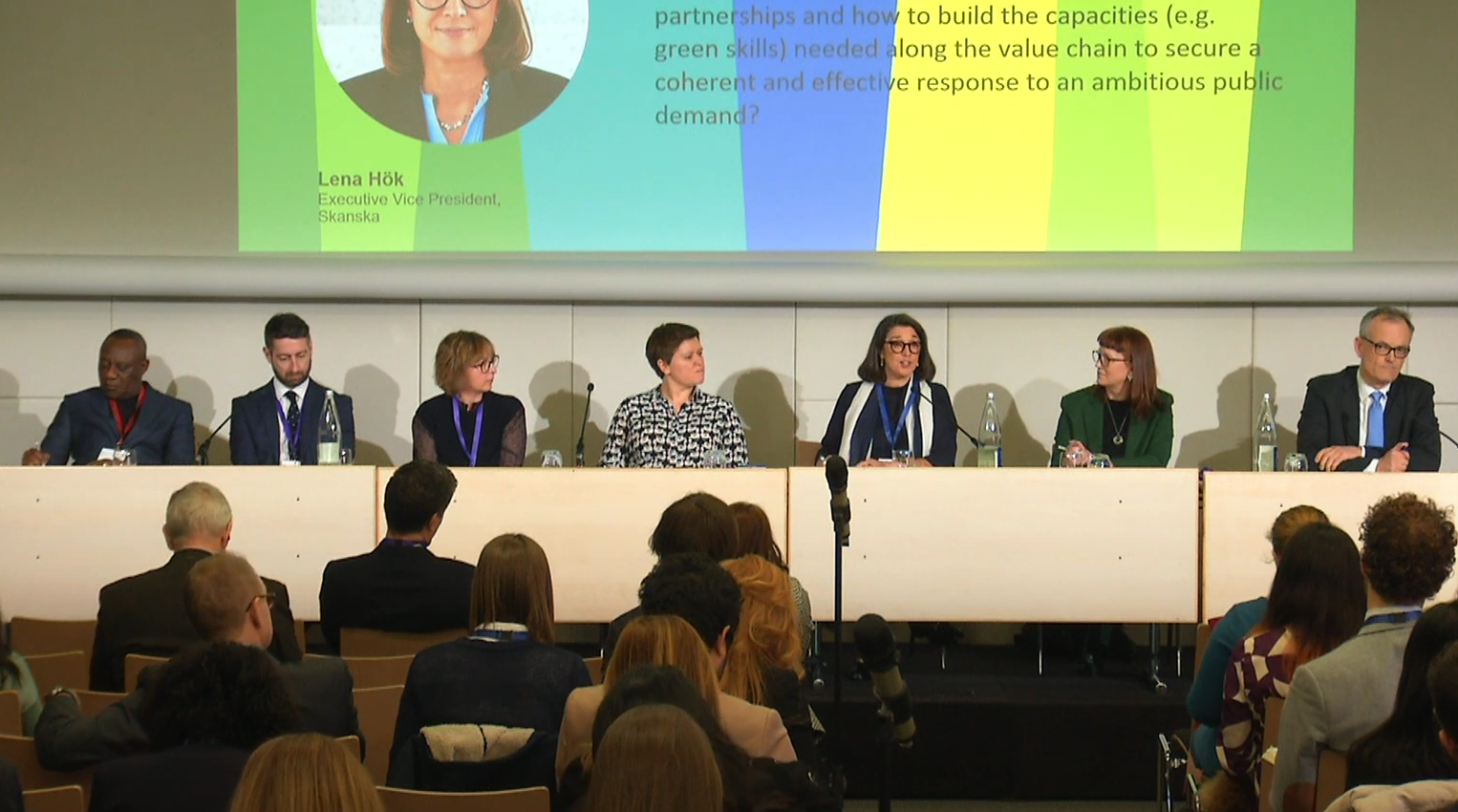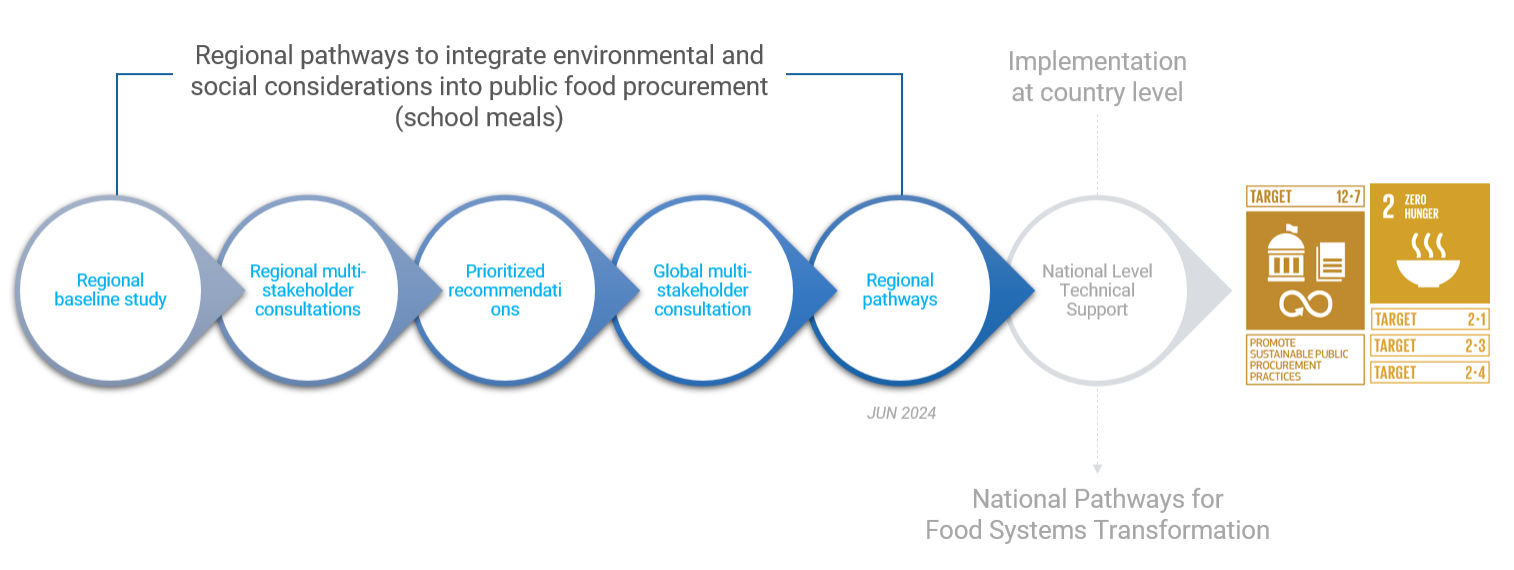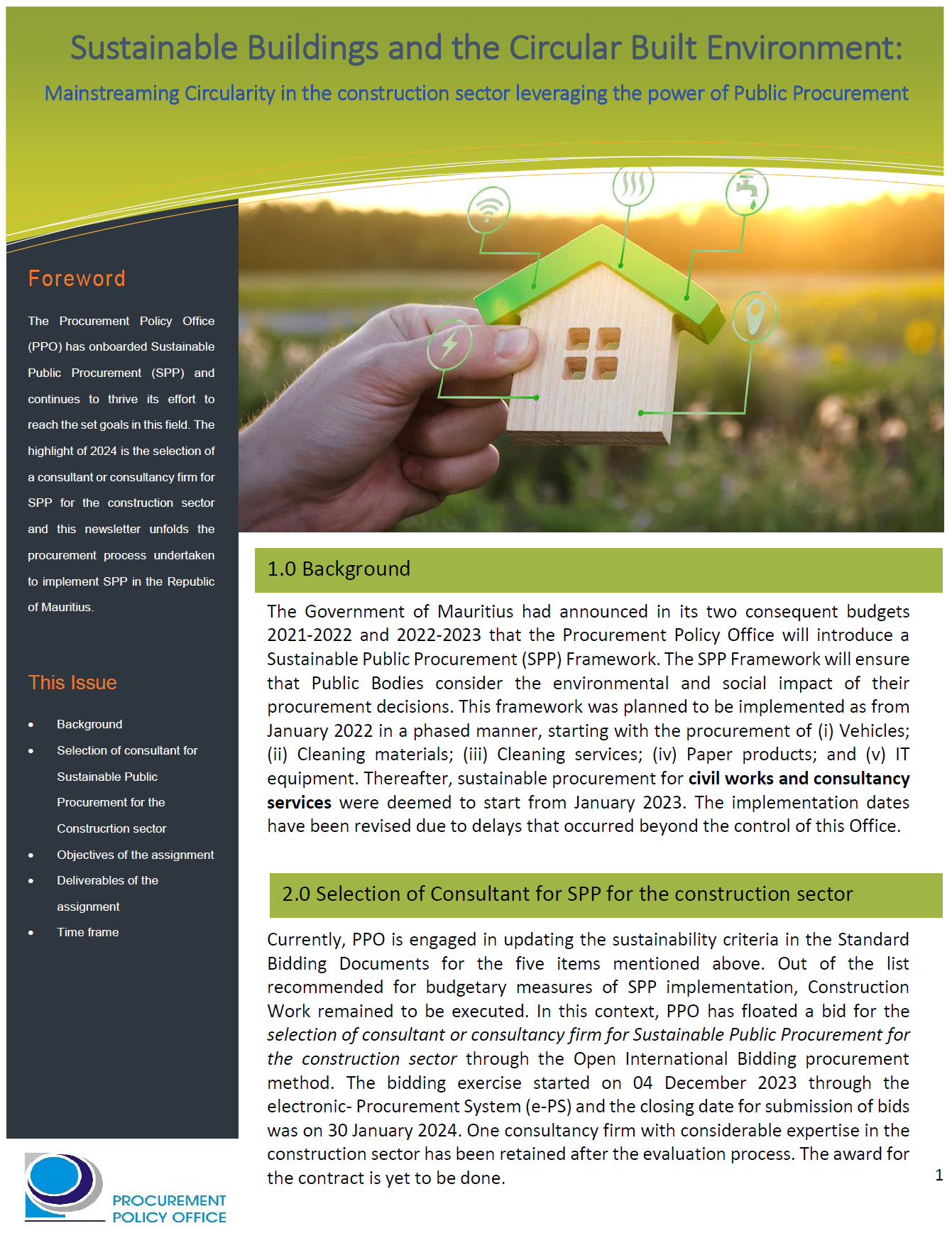State of Play for Circular Built Environment in Gulf Cooperation Council countries
The Gulf Cooperation Council (GCC) countries are among the fastest developing in the world. However, their economies are currently largely based on a linear model which follows a ‘take, make, dispose’ approach. In addition, the region’s resources consumption rates are among the highest globally. This places a strain on finite natural resources and increases the demand for energy.
There are many drivers for the region to move towards a holistic approach to circular economy. As of 2018, the GCC population reached 56 million people, with further expected growth in the coming years, and a huge portion of the population already living in cities. Current consumption patterns in the region are unsustainable, on both a domestic and business level. The average global ecological footprint is 1.7 global hectares, approximately five times less than the lowest ecological footprint in the GCC (Global Footprint Network, 2016). Since the construction sector in the GCC is one of the most fast-paced and highest-growth sectors, it could be a key player for the region in relation to the adoption of circular economy principles.
The circular economy model set by the Ellen MacArthur Foundation is based on three basic principles: designing out waste and pollution, keeping products and materials in use, and regenerating natural systems (Acharya, Boyd, and Finch, 2018). This report provides an overview of the current state of business model utilised in GCC countries and highlights opportunities for intervention.
Reprinted with minor corrections, 2021



